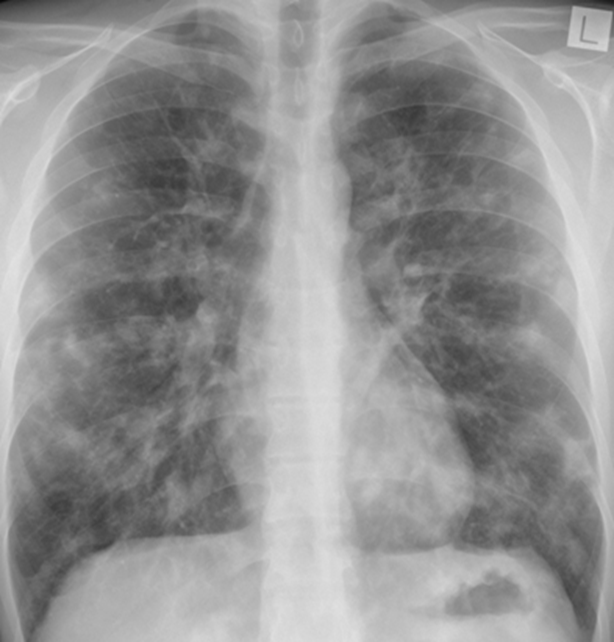
#Monkeypox Virus Infection in Humans across 16 Countries, NEJM
Authors report 528 infections diagnosed in 16 countries.
75% were White.
41% had human immunodeficiency virus infection
The median age was 38 years.
1/
👇
DOI: 10.1056/NEJMoa2207323
Authors report 528 infections diagnosed in 16 countries.
75% were White.
41% had human immunodeficiency virus infection
The median age was 38 years.
1/
👇
DOI: 10.1056/NEJMoa2207323

Transmission was suspected to have occurred through sexual activity in 95% of the persons with infection.
Overall, 98% of the persons with infection were gay or bisexual men.
2/
#monkeypox
Overall, 98% of the persons with infection were gay or bisexual men.
2/
#monkeypox
In this case series, 95% of the persons presented with a rash (with 64% having <10 lesions), 73% had anogenital lesions, and 41% had mucosal lesions (with 54 having a single genital lesion).
3/
#MonkeypoxVirus
3/
#MonkeypoxVirus

Most common anatomical sites:
- the anogenital area (73%);
- the trunk, arms, or legs (55%);
- the face (25%); and
- the palms and soles (10%).
Lesions: macular, pustular, vesicular, and crusted lesions, and in multiple phases simultaneously (58% vesiculopustular).
4/
- the anogenital area (73%);
- the trunk, arms, or legs (55%);
- the face (25%); and
- the palms and soles (10%).
Lesions: macular, pustular, vesicular, and crusted lesions, and in multiple phases simultaneously (58% vesiculopustular).
4/
Mucosal lesions, in 41% of the persons.
Oropharyngeal symptoms were reported as the initial symptoms in 26 persons; these symptoms included pharyngitis, odynophagia, epiglottitis, and oral or tonsillar lesions.
5/
#MONKEYPOXSYMPTOMS
Oropharyngeal symptoms were reported as the initial symptoms in 26 persons; these symptoms included pharyngitis, odynophagia, epiglottitis, and oral or tonsillar lesions.
5/
#MONKEYPOXSYMPTOMS

Involvement of the anorectal mucosa was reported as the presenting symptom in 61 persons; this involvement was associated with anorectal pain, proctitis, tenesmus, or diarrhea (or a combination of these symptoms).
6/
#MONKEYPOXSYMPTOMS
6/
#MONKEYPOXSYMPTOMS

Common systemic features preceding the rash included fever (62%), lethargy (41%), myalgia (31%), and headache (27%); lymphadenopathy was also common (reported in 56%).
Concomitant sexually transmitted infections were reported in 109 of 377 persons (29%) who were tested.
7/
Concomitant sexually transmitted infections were reported in 109 of 377 persons (29%) who were tested.
7/
Among the 23 persons with a clear exposure history, the median incubation period was 7 days (range, 3 to 20).
#MonkeypoxVirus DNA was detected in 29 of the 32 persons in whom seminal fluid was analyzed.
8/
#MonkeypoxVirus DNA was detected in 29 of the 32 persons in whom seminal fluid was analyzed.
8/
70 (13%) were hospitalized.
Most frequent reasons for hospitalization:
- pain management, mostly for severe anorectal pain (21 persons)
- soft-tissue superinfection (18)
- pharyngitis limiting oral intake (5)
No deaths were reported.
9/
#monkeypox
Most frequent reasons for hospitalization:
- pain management, mostly for severe anorectal pain (21 persons)
- soft-tissue superinfection (18)
- pharyngitis limiting oral intake (5)
No deaths were reported.
9/
#monkeypox
• • •
Missing some Tweet in this thread? You can try to
force a refresh


















